Dandelion seeds a poem by Whitney Albright
She stands out
Against the weeds
Oh, she spouts
Her dandelion seeds
The smiling song
Of spring she leads
May the sunshine on
Her dandelion seeds
From the damp land
Her roots feed
Causing silver strands
In her dandelion seeds
Wishes she carries
Wishes she bleeds
Wishes are scattered
In her dandelion seeds
Life on the Forest floor ….. Wood from a fallen tree.
The forest floor is always full on life old and new, it offers amazing images with a macro lens and man times I just love getting in close and then waiting to see the captured images when I get home 🙂 .
In this image it was not until I looked closer that I noticed a small grub( Bottom Center of the image), munching away at all the dead wood, its these little insects that act as the recycling machines of the forest as they turn all the fallen trees and branches into a compose for new tree growth.
Irish Butterflies – Wood White Leptidea sinapis (lep-TID-ee-uh sy-NAY-piss)
It a pleasure to be into photography at this time of year, nature is in full flight and at her very best.
For many personal reasons I have no been posting regularly here on my blog for the first time in many years so it also a pleasure to be able to make a start again.
Last week I spent as much time as I could taking my much love Nikon and macro lens out into our local woodlands and capturing lots of nature images. Here is just one of the many images I managed to get the time to process so far.
Now that I am starting again to post here, I plan to be very specific this summer with my images and close-up nature images will be one of my main areas.
Wood White
Family: Pieridae Swainson, 1820
Subfamily: Dismorphiinae Schatz, 1887
Tribe: Leptideini Verity, 1947
Genus: Leptidea Billberg, 1820
Subgenus:
Species: sinapis (Linnaeus, 1758)
Wingspan 42mm
The Wood White is one of our daintiest butterflies with one of the slowest and delicate flights of all the butterflies. When at rest, the rounded tips of the forewings provide one of the main distinguishing features between this butterfly and other “whites”. Adults always rest with their wings closed. In flight, the male can be distinguished from the female by a black spot at the tip of the forewings that is greatly reduced in the female. This butterfly lives discrete colonies and was only recently separated from the visibly-identical Cryptic Wood White. This local species can be found in central and southern England and also in Ireland on the limestone pavements of Clare and South-east Galway. This species is absent from Scotland, the Isle of Man and the Channel Islands.
Octobers wood land nature, Spending some time with the spiders
A Noiseless Patient Spider – Poem by Walt Whitman
A noiseless, patient spider,
I mark’d, where, on a little promontory, it stood, isolated;
Mark’d how, to explore the vacant, vast surrounding,
It launch’d forth filament, filament, filament, out of itself;
Ever unreeling them—ever tirelessly speeding them.
And you, O my Soul, where you stand,
Surrounded, surrounded, in measureless oceans of space,
Ceaselessly musing, venturing, throwing,—seeking the spheres, to connect them;
Till the bridge you will need, be form’d—till the ductile anchor hold;
Till the gossamer thread you fling, catch somewhere, O my Soul.
October – Along the Forest Path 1… (Viburnum Opulus) Guelder Rose, Berries
Viburnum Opulus Hedging
Guelder Rose, Viburnum opulus, is one of Britain’s most beautiful native shrubs and it makes a great hedging plant, typically in a mixed country hedge. It also make a fine ornamental shrub for any garden: in the wild, it is often found in dappled woodland shade, but it needs full sun to give you the best show of flowers. Guelder Rose bushes will grow pretty much anywhere, including shady sites under large trees and chalky soils. It prefers a moist soil and will tolerate periods of waterlogging.
Guelder Rose is good for hedges up to about 5 metres high.
Browse all of our other varieties of Viburnum trees & shrubs plants. Alternatively, view our selection of native hedging or see our full range of hedging plants.
Guelder Rose hedge plants are only delivered bareroot, during winter (Nov-March).
Choosing a size: When you are ordering Guelder Rose plants for a hedge, we suggest that you buy smaller plants if you are not in a rush. They are cheaper and easier to handle than large plants. They will also give you a bushy hedge with little effort.
Spacing Guelder Rose hedging:
Plant Guelder Rose at 3 plants per metre, 33cms apart.
You can also plant Guelder Rose at 5 plants per metre in a staggered double row, with 33 cms between each plant and 40cms between the rows.
The Guelder Rose makes an excellent mixed hedge plant, typically with hawthorn.
General description of Guelder Rose plants:
It has large, three lobed leaves that colour up in autumn with a jumble of tones that bleed together in a rough, rustic manner. The flowers are quite unique, with a ring of dainty little smooth star shaped flowers rising above bed of even smaller, bud-like blooms. The smaller flowers are the ones that ripen into blood red fruit, in time for the excellent red and yellow autumn colours.
History & uses of Viburnum opulus
The Guelder Rose isn’t a rose at all, it is closely related to the elderflowers. The name probably comes from the Dutch region of Gelderland. Guelder Rose berries were one of the secondary food sources that our ancestors would have depended upon in hard times. We don’t recommend eating them, as even slightly unripe fruit will cause stomach upsets, but if civilisation happens to collapse and you find yourself living in the woods, you could feed yourself by boiling up them up into a soup. Until then, we recommend leaving the berries for the birds.
October on the Forest Floor 1…. fungus
One of the most amazing sights at this time of year is one of all the Wild Mushrooms that appear in our local forests and fields, Ireland has some approximately 5,500 known species found throughout the country, some very common and some very hard to find.
I just love finding them as they appear on the woodland floor and on the dead wood alone with the lower parts of trees.
The colour of winter, Red Holly Berries the colour of Christmas
Some background Culture of Holly
Holly – more specifically the European holly, Ilex aquifolium – is commonly referenced at Christmas time, and is often referred to by the name Christ’s thorn. In many Western Christian cultures, holly is a traditional Christmas decoration, used especially in wreaths and illustrations, for instance on Christmas cards. Since medieval times the plant has carried a Christian symbolism, as expressed in the well-known Christian Christmas carol “The Holly and the Ivy”, in which the holly represents Jesus and the ivy represents the Virgin Mary. Angie Mostellar discusses the Christian use of holly at Christmas, stating that:
Christians have identified a wealth of symbolism in its form. The sharpness of the leaves help to recall the crown of thorns worn by Jesus; the red berries serve as a reminder of the drops of blood that were shed for salvation; and the shape of the leaves, which resemble flames, can serve to reveal God’s burning love for His people. Combined with the fact that holly maintains its bright colors during the Christmas season, it naturally came to be associated with the Christian holiday.
In heraldry, holly is used to symbolize truth. The Norwegian municipality of Stord has a yellow twig of holly in its Coat-of-arms.
The Druids held that “leaves of holly offered protection against evil spirits” and thus “wore holly in their hair”.
In the Harry Potter novels, holly is used as the wood in Harry’s wand.
In some Traditions of Wicca, the Holly King is one of the faces of the Sun God. He is born at Midsummer and rules from Mabon to Ostara
Friday Poetry : The Genesis of the Butterfly, by Victor Hugo
The dawn is smiling on the dew that covers
The tearful roses; lo, the little lovers
That kiss the buds, and all the flutterings
In jasmine bloom, and privet, of white wings,
That go and come, and fly, and peep and hide,
With muffled music, murmured far and wide.
Ah, the Spring time, when we think of all the lays
That dreamy lovers send to dreamy mays,
Of the fond hearts within a billet bound,
Of all the soft silk paper that pens wound,
The messages of love that mortals write
Filled with intoxication of delight,
Written in April and before the May time
Shredded and flown, playthings for the wind’s playtime,
We dream that all white butterflies above,
Who seek through clouds or waters souls to love,
And leave their lady mistress in despair,
To flit to flowers, as kinder and more fair,
Are but torn love-letters, that through the skies
Flutter, and float, and change to butterflies
What do Hover flies and Insect see with their compound eyes ?
Hover Flies, such as the this one above, look at the world in quite a different way than humans do. The structure and function of a flies eye are completely different from ours, and so they see shapes, motion and color differently. Flies are also able to see light in a way humans cannot.
Structure of a Compound Eye
Compound eyes are made up of thousands of individual visual receptors, called ommatidia. Each ommatidium is a functioning eye in itself, and thousands of them together create a broad field of vision for the fly. Each ommatidium is a long, thin structure, with the lens on the outer surface of the eye, tapering to a nerve at the eye’s base. When the ommatidium receives light, it is filtered through the lens, then a crystalline cone structure, pigment cells and visual cells. Every ommatidium has its own nerve fiber connecting to the optic nerve, which relays information to the flies brain.
Flies Can’t Focus
A human’s eye is attached to muscles that allow it to move, expanding the field of vision and making it possible for the eye to gather more information about its surroundings. Instead of moving their eyes, flies receive information from several different points simultaneously. A flies eyes are immobile, but because of their spherical shape and protrusion from the flies head they give the fly an almost 360-degree view of the world. In a human eye, the pupil controls how much light comes into it, which is focused by the lens onto the retina. The retina then relays information to the brain via the optic nerve. Because fly eyes have no pupils they cannot control how much light enters the eye. With no control over how much light passes through the lens, the fly cannot focus the image it sees. Flies are also short-sighted — a visible range of a few yards is considered good for an insect.
The Mosaic Effect
The best analogy to describe a flies vision is to compare it to a mosaic — thousands of tiny images convalesce, and together represent one visual image. Each one of these pictures represents information from the fly’s individual ommatidium. The effect is much like how we see stippling or newspaper print — up close the image is a lot of tiny dots, but take a step back and it’s a complete image. The more ommatidia a compound eye contains, the clearer the image it creates.
Motion Detection
There’s a reason why flies are especially jumpy creatures that take off at the slightest flinch. A flies vision is nowhere near as clear or effective as a human’s, but it’s especially good at picking up form and movement. As an object moves across the fly’s field of view the ommatidia fire and stop firing. This is called a flicker effect. It’s similar to how a scrolling marquis works — with lights turning on and off to give the illusion of motion. Because a fly can easily see motion and form, but not necessarily what the large moving object is, they are quick to flee, even if the moving object is harmless.
Flies have limited color vision. Each color has its own wave frequency, but flies have only two kinds of color receptor cells. This means they have trouble distinguishing between colors, for instance discerning between yellow and white. Insects cannot see the color red, which is the lowest color frequency humans can see. However, houseflies have the ability to see polarized light, but humans cannot differentiate between polarized and unpolarized light. Polarized light is light in which the waves travel only in one plane.
Macro Images – Wolf Spider
Wolf Spiders are members of the family Lycosidae. They are so named because their method of hunting is to run down their prey like that of a wolf. Wolf Spiders are robust and agile hunters that rely on good eyesight to hunt, typically at night. Wolf Spiders resemble nursery web spiders (family Pisauridae), however, they carry their egg sacs by attaching them to their spinnerets (instead of by means of their jaws and pedipalps).
Wolf spider Characteristics
Wolf Spiders range from about half an inch to 2 inches in length. They are hairy and typically brown to grey in colour with a distinct Union Jack impression on their backs. The spiders undersides are light grey, cream or black, sometimes salmon pink.
Wolf Spiders have eight eyes arranged in three rows. The bottom row consists of four small eyes, the middle row has two very large eyes and the top row has two medium-sized eyes.
Wolf Spiders depend on their good eyesight to hunt. Their sense of touch is also acute. The sides of their jaws may have a small raised orange spot or ‘boss’.
Because they depend on camouflage for protection, Wolf Spiders do not have the flashy appearance of some other kinds of spiders. In general their colouration is appropriate to their favoured habitat.
Wolf Spiders eyes reflect light well and one way of finding them is to hunt at night using a flashlight strapped to ones forehead so that the light from the light is reflected from their eyes directly back toward its source.
Wolf spider Habitat and Webs
Wolf spiders can be found in a wide range of habitats both coastal and inland. These include shrub lands, woodland, wet coastal forest, alpine meadows and suburban gardens.
Wolf spiders are commonly known as household pests as when the weather starts getting colder, they look for warm places to overwinter in homes. Wolf Spiders are commonly found around doors, windows, house plants, basements, garages and in almost all terrestrial habitats. Wolf Spiders do not spin a web, instead, they roam at night to hunt for food. Wolf spiders are often confused with the Brown Recluse spider, however, they lack the violin-shaped marking of the Recluse. The wolf spider is shy and is most likely to run away when disturbed.
Wolf spider Diet
Two Wolf spider species are known to be predators of cane toads. Lycosa lapidosa will take small toads and frogs while Lycosa obscuroides has been noted biting and killing a large toad within one hour.
Wolf spider Reproduction
Mating takes place outside the females burrow at night. Some adult male Wolf spiders of smaller-sized species are known to disperse by air in order to find mates. The male is attracted by scent markings left by the female, often associated with her drag-line silk. Males perform a courtship ritual prior to mating, often involving complex leg and palp signaling to the female.
The female Wolf spider constructs an egg sac of white papery silk, shaped like a ball with an obvious circular seam, which she then carries around attached with strong silk to her spinnerets. When the spiderlings hatch, they are carried around on the females back until they are ready to disperse by ballooning or on the ground. Such a high degree of parental care is relatively unusual among spiders. Wolf spiders live for up to 2 years.
Wolf spider Venom
The Wolf Spider is not aggressive, however, it will inject venom freely if continually provoked. Symptoms of its venomous bite include swelling, mild pain and itching. Though usually considered harmless to humans, its bite may be painful.
Macro Wednesday Dolycoris baccarum (Sloe Bug) – Hairy Shieldbug Family: Pentatomidae
Dolycoris baccarum Hairy Shieldbug
Family: Pentatomidae
A large and distinctive purple-brown and greenish shieldbug which is covered with long hairs. The antennae and connexivum are banded black and white. During the winter, the ground colour becomes uniformly dull brown.
This bug overwinters as an adult, emerging in the spring. Larvae, which are also hairy, may be found on numerous plants, particularly those in the Roasaceae. The new generation is complete from August onwards.
Common and widepsread in many habitats throughout Britain, particularly hedgerows and woodland edges, becoming scarcer and mainly coastal in the north.
Adult: All year
Length 11-12 mm
Wonders of nature, Photography and Poetry : The Genesis of the Butterfly by Victor Hugo
The dawn is smiling on the dew that covers
The tearful roses; lo, the little lovers
That kiss the buds, and all the flutterings
In jasmine bloom, and privet, of white wings,
That go and come, and fly, and peep and hide,
With muffled music, murmured far and wide.
Ah, the Spring time, when we think of all the lays
That dreamy lovers send to dreamy mays,
Of the fond hearts within a billet bound,
Of all the soft silk paper that pens wound,
The messages of love that mortals write
Filled with intoxication of delight,
Written in April and before the May time
Shredded and flown, playthings for the wind’s playtime,
We dream that all white butterflies above,
Who seek through clouds or waters souls to love,
And leave their lady mistress in despair,
To flit to flowers, as kinder and more fair,
Are but torn love-letters, that through the skies
Flutter, and float, and change to butterflies
Welcoming April with a Poem : The Violet By Jane Taylor
The Violet
By Jane Taylor
Down in a green and shady bed,
A modest violet grew,
Its stalk was bent, it hung its head,
As if to hide from view.
And yet it was a lovely flower,
Its colours bright and fair;
It might have graced a rosy bower,
Instead of hiding there,
Yet there it was content to bloom,
In modest tints arrayed;
And there diffused its sweet perfume,
Within the silent shade.
Then let me to the valley go,
This pretty flower to see;
That I may also learn to grow
In sweet humility.
The Fly, By William Blake, 1757 – 1827
Little fly,
Thy summer’s play
My thoughtless hand
Has brushed away.
Am not I
A fly like thee?
Or art not thou
A man like me?
For I dance
And drink and sing,
Till some blind hand
Shall brush my wing.
If thought is life
And strength and breath,
And the want
Of thought is death,
Then am I
A happy fly,
If I live,
Or if I die.

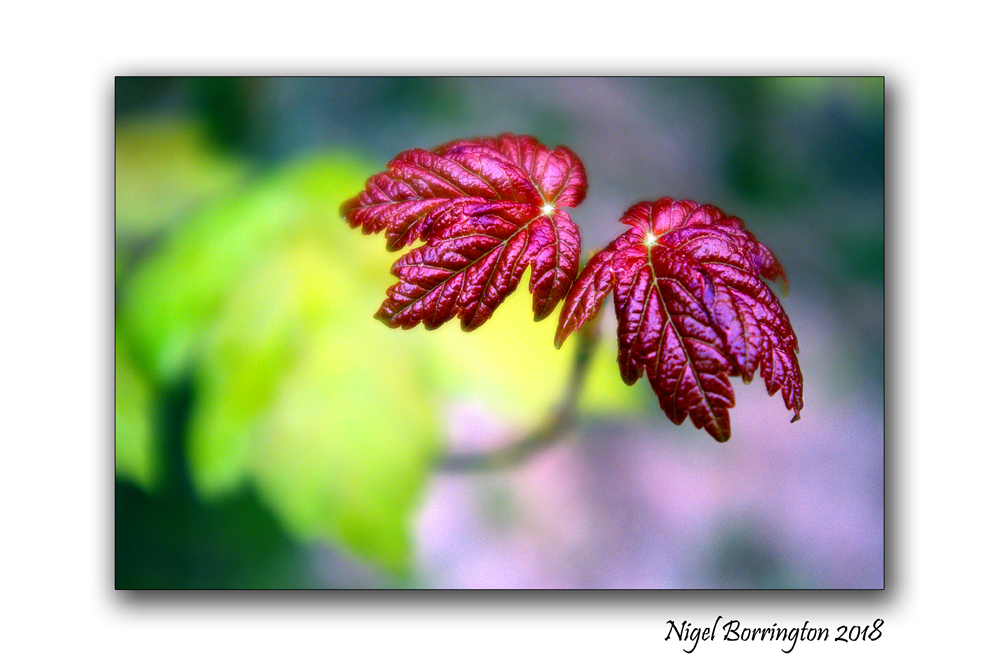

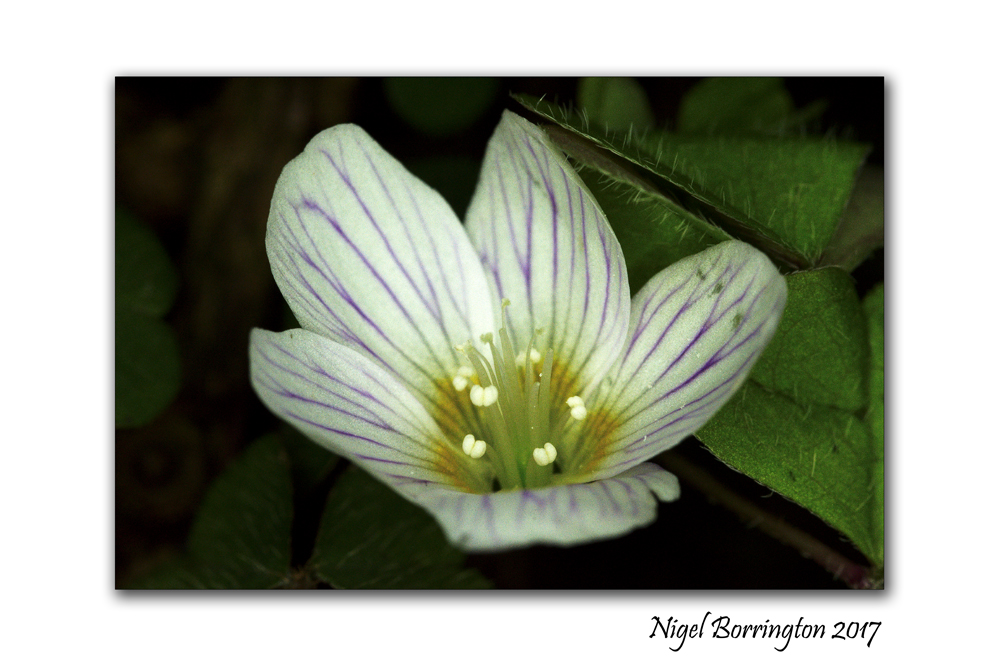
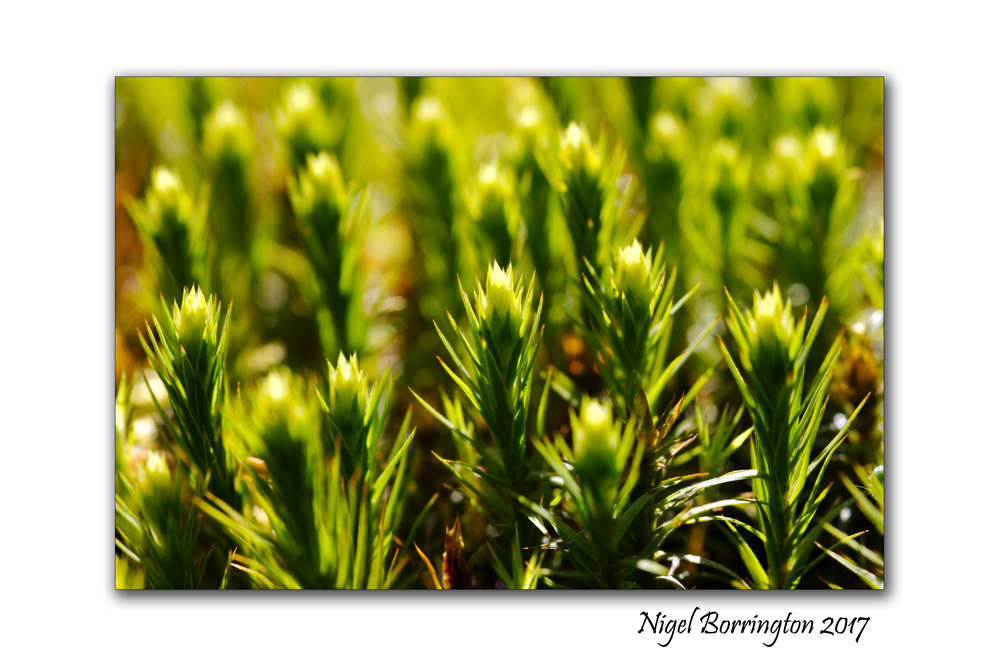
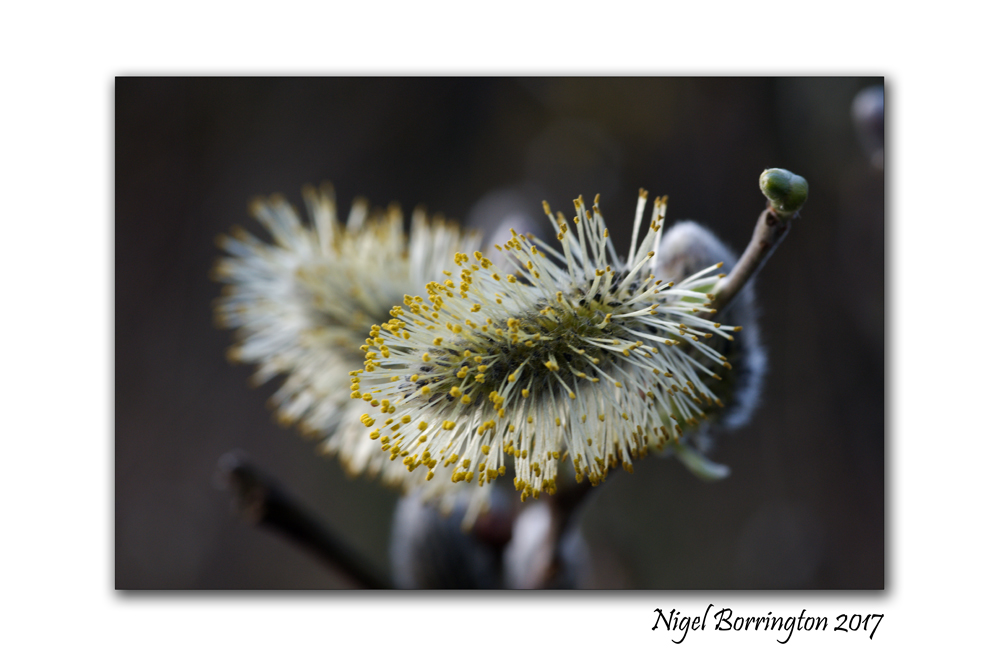
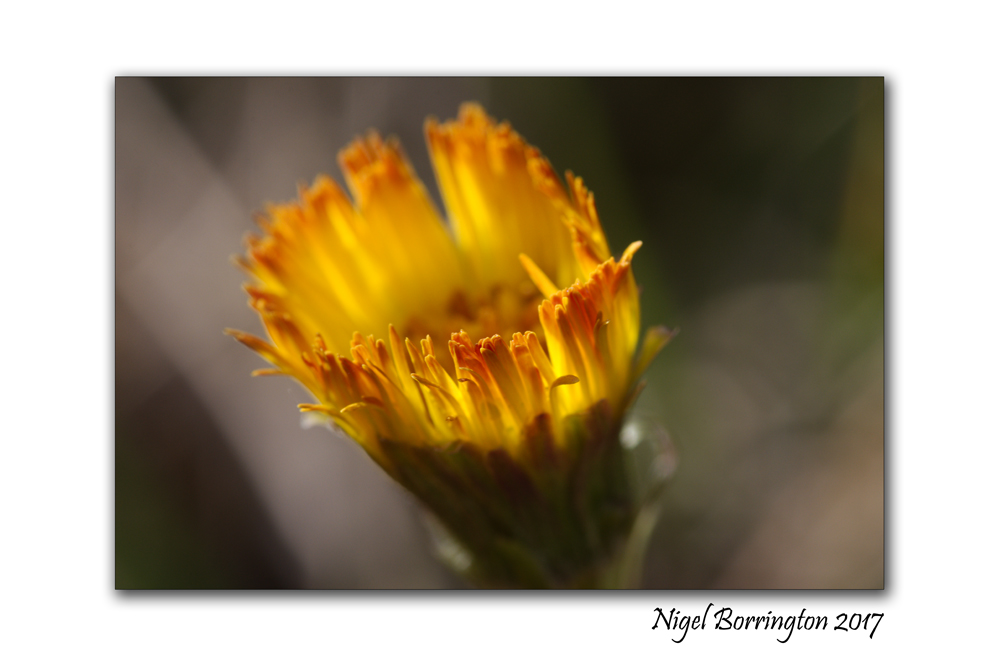

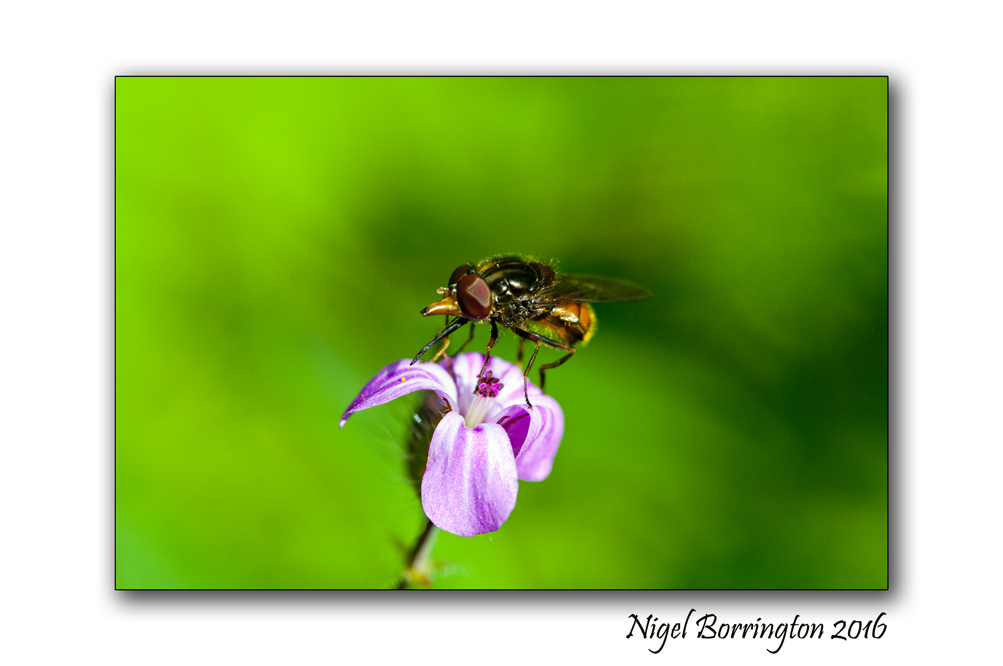
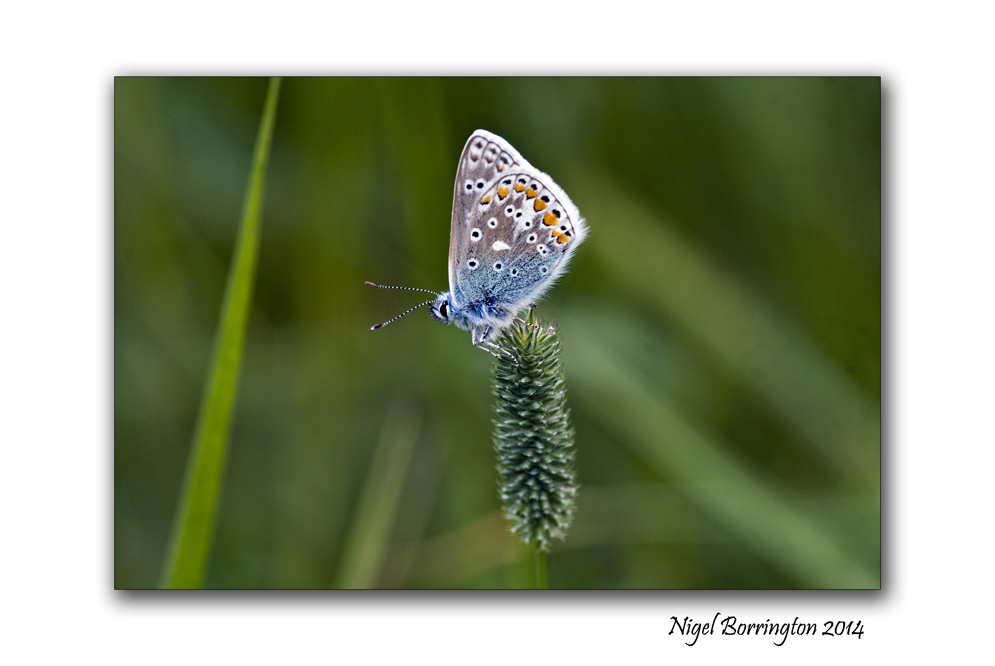
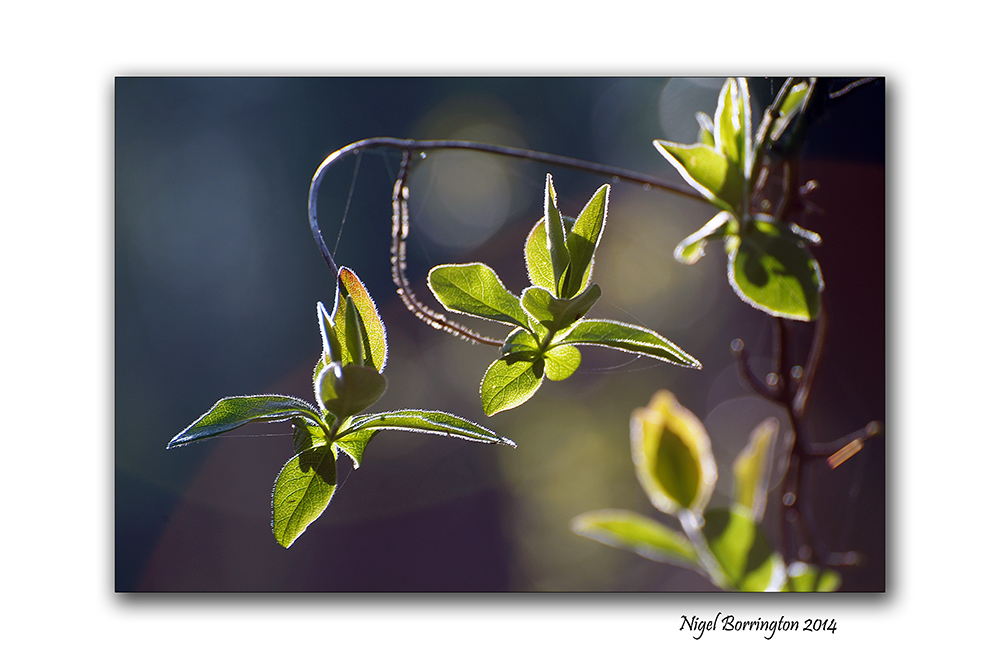


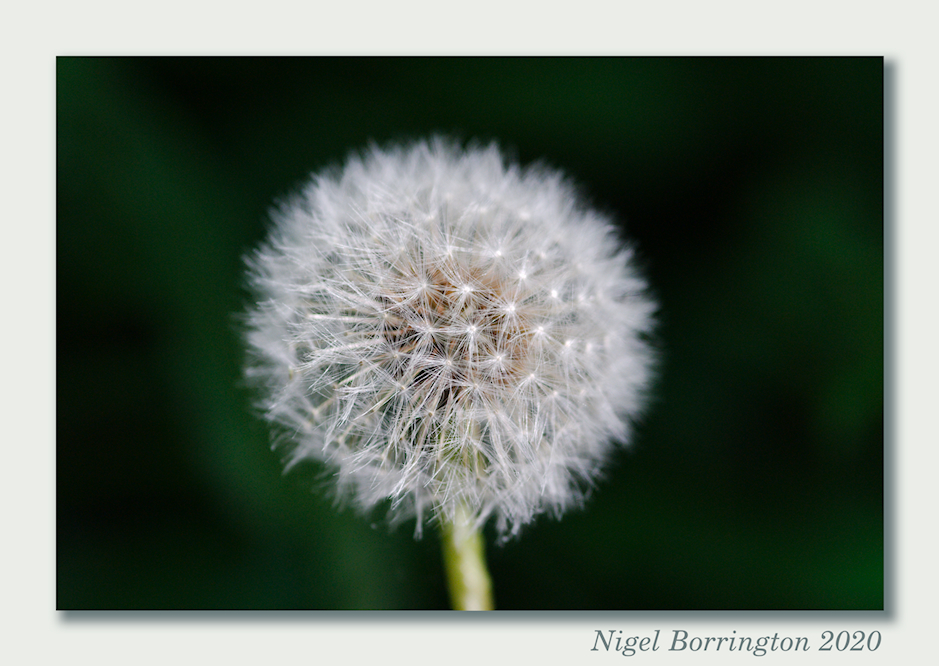

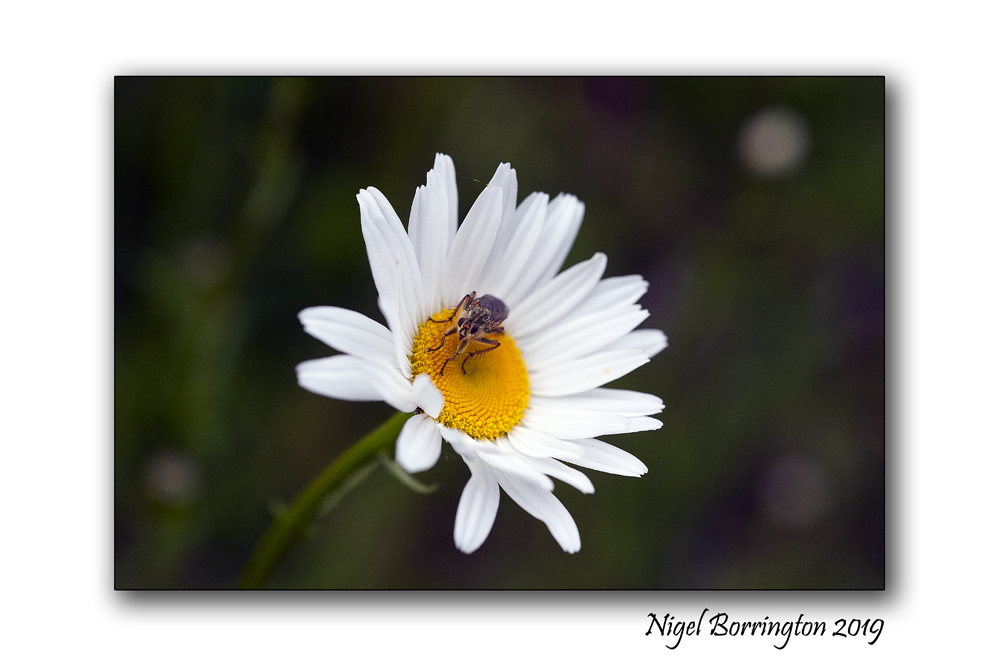
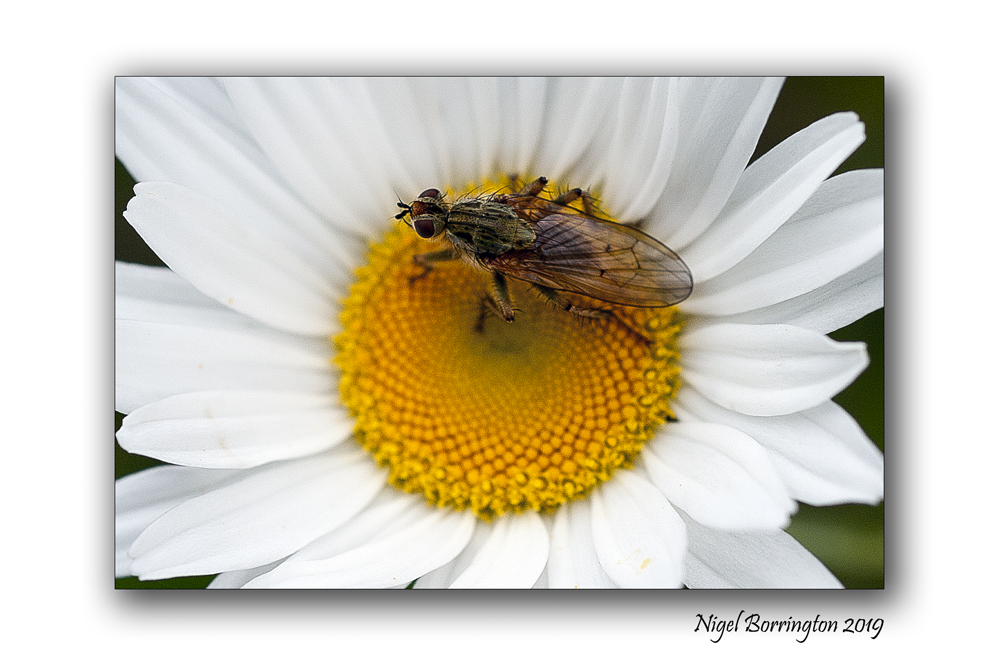
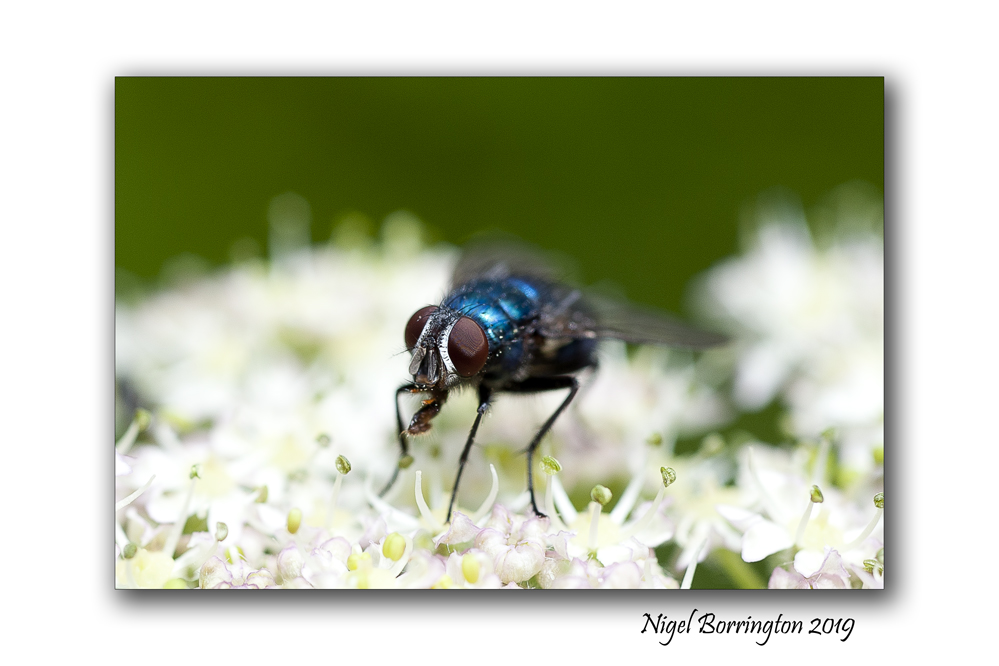

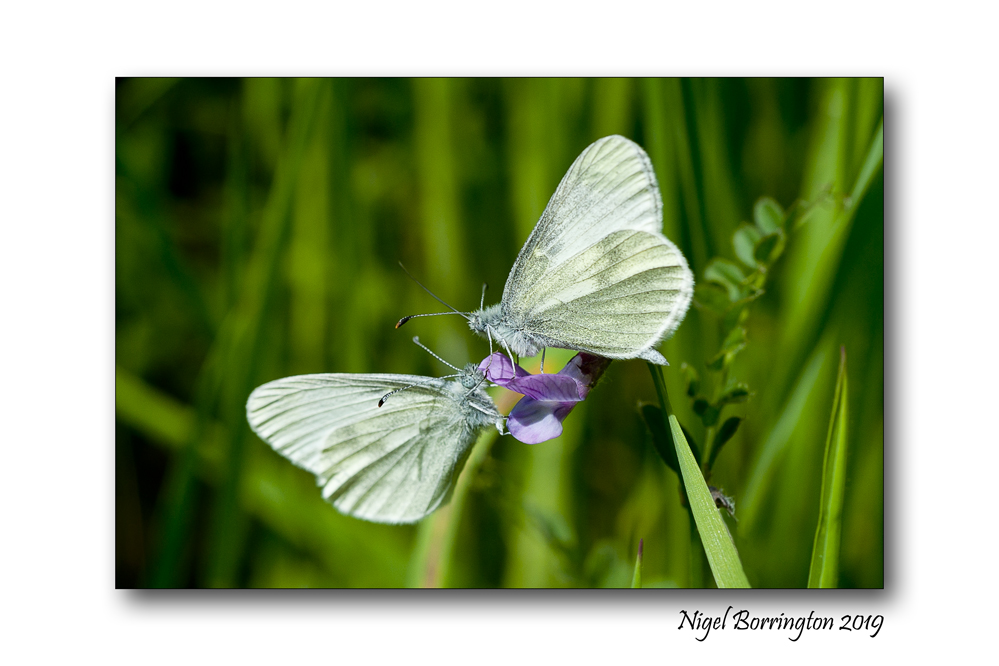

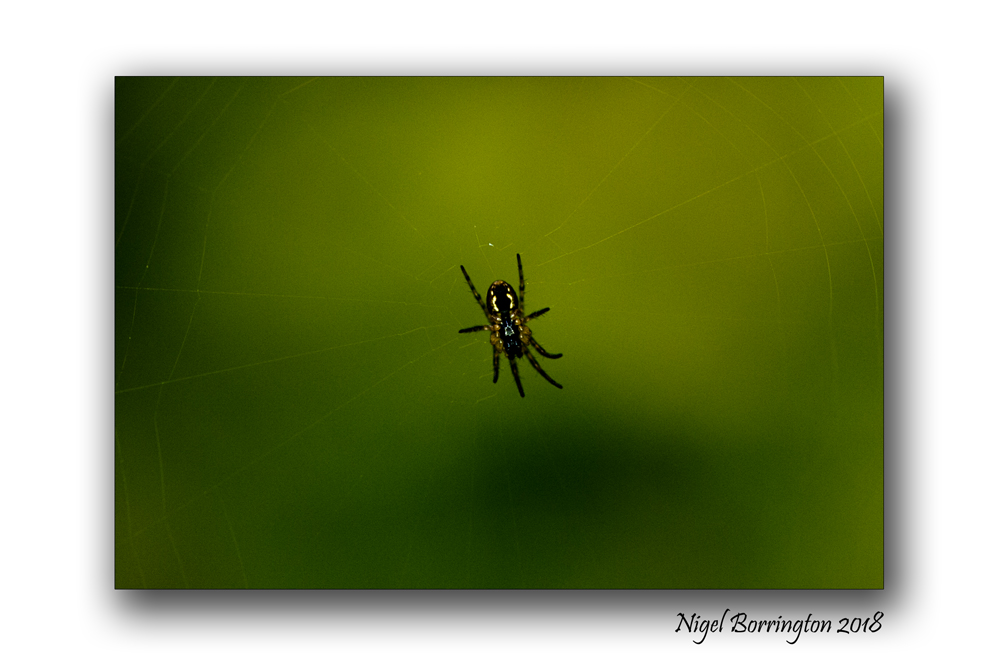
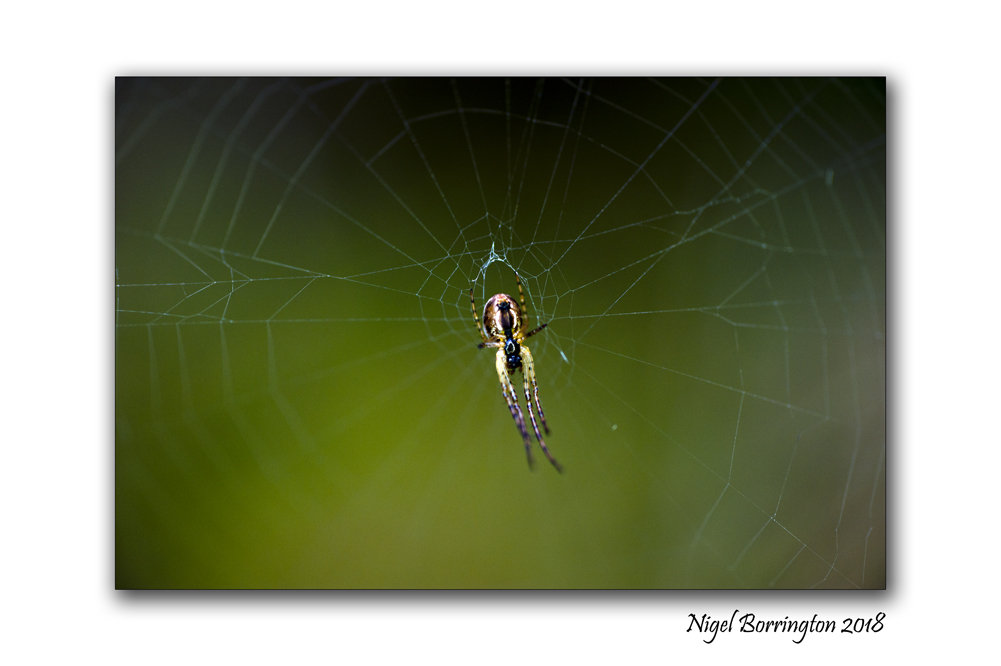
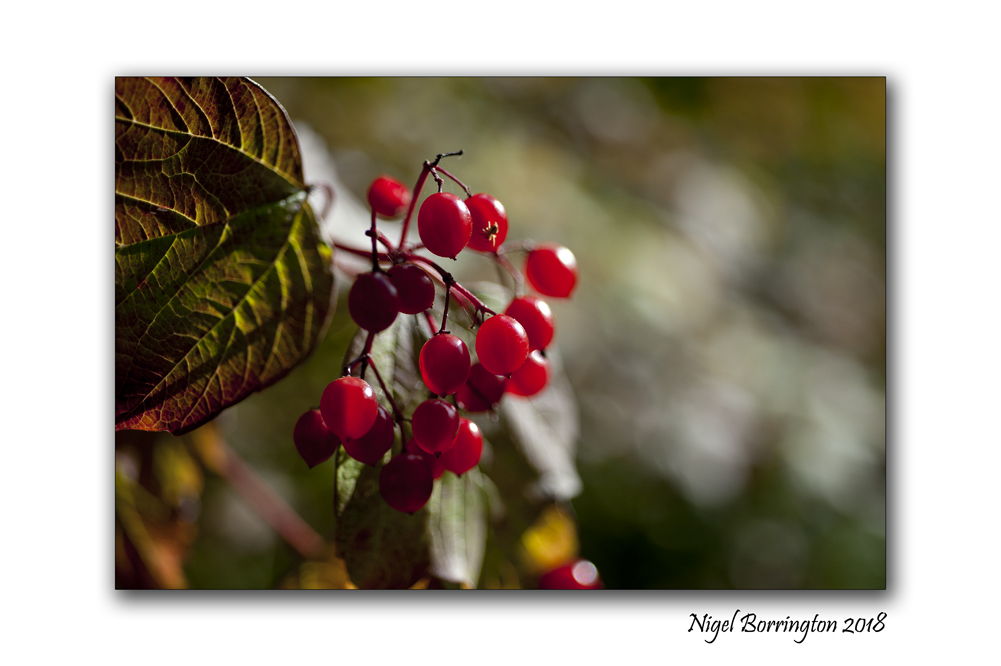
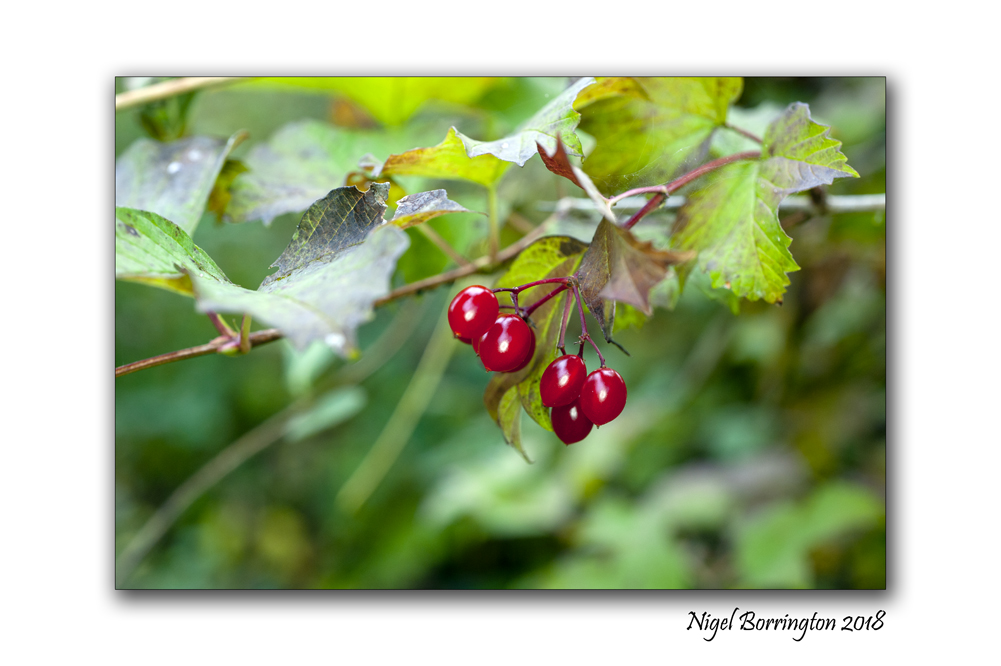

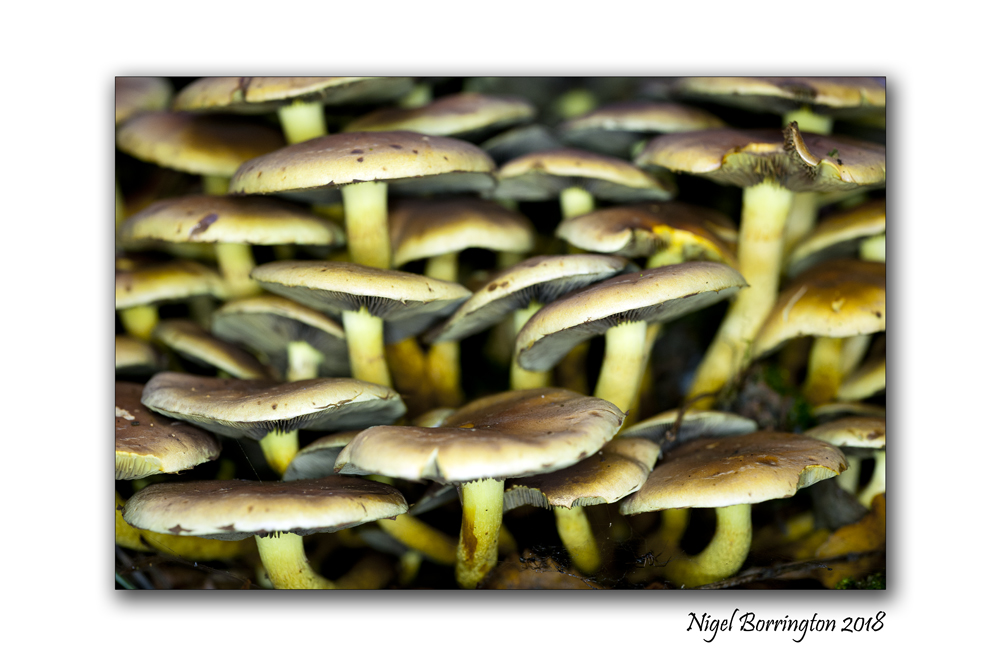
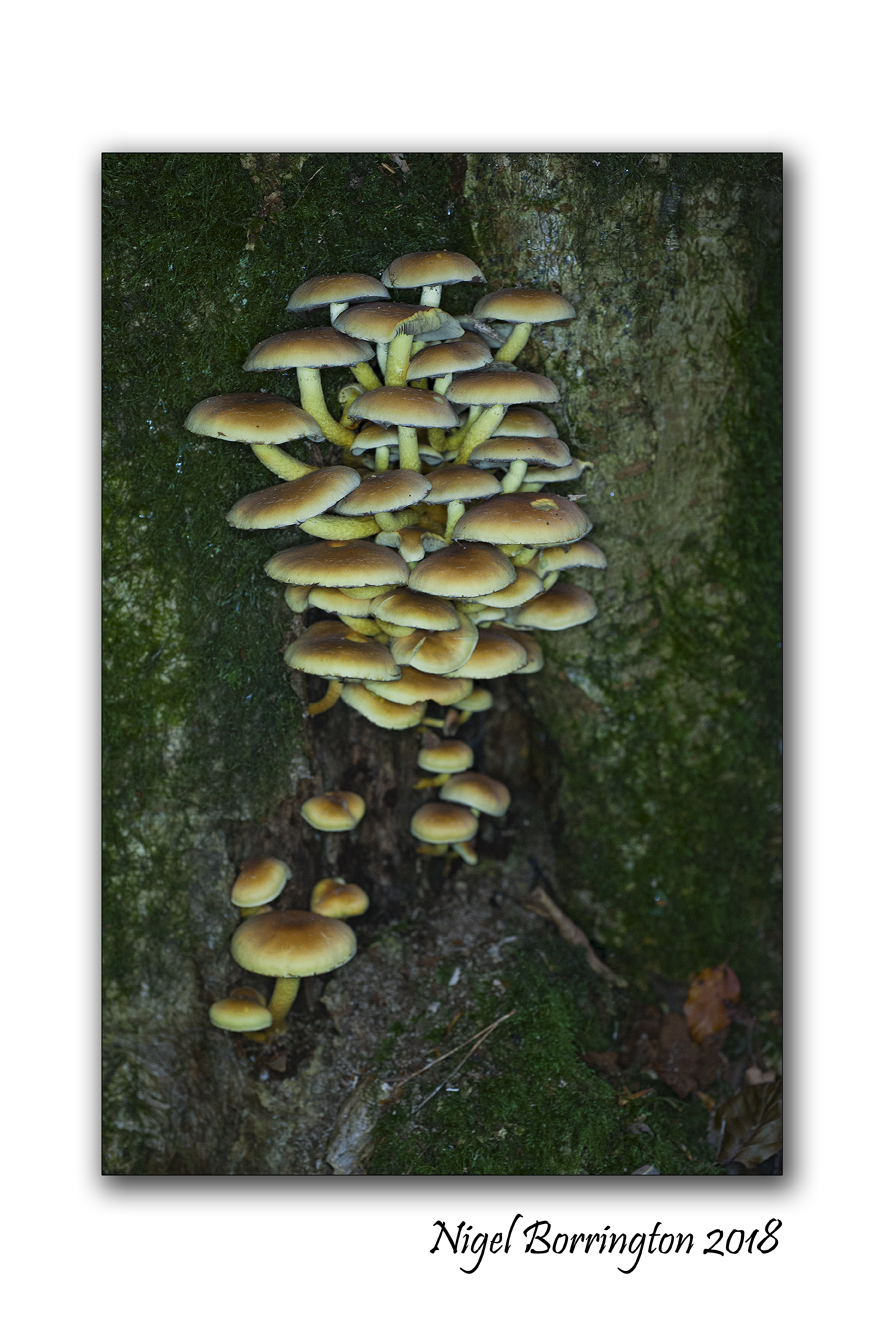
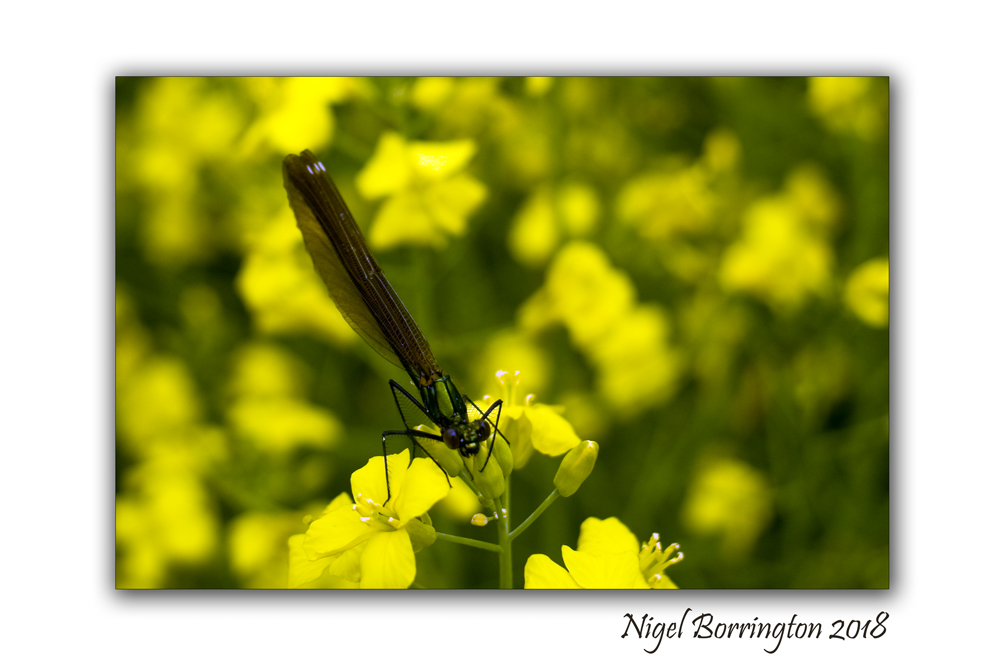

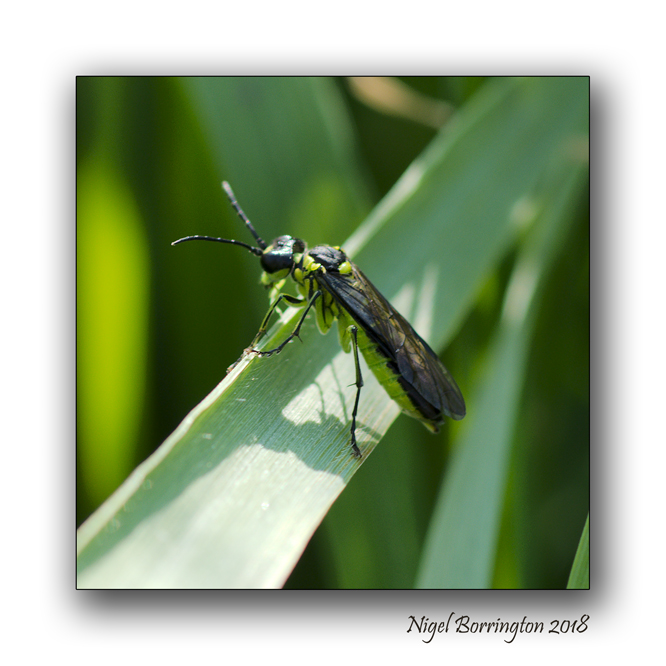
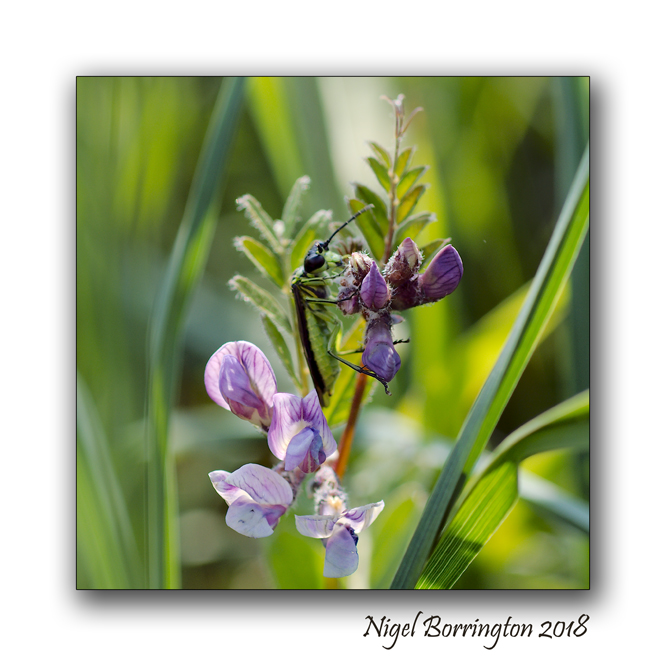
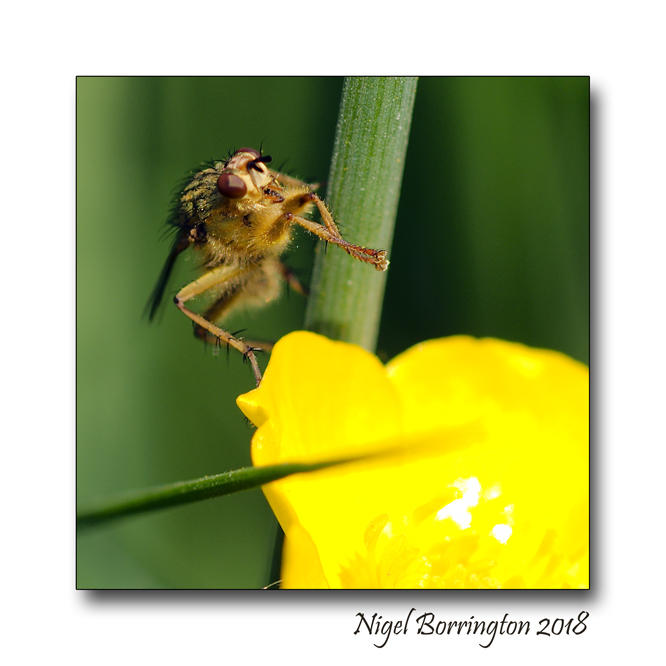
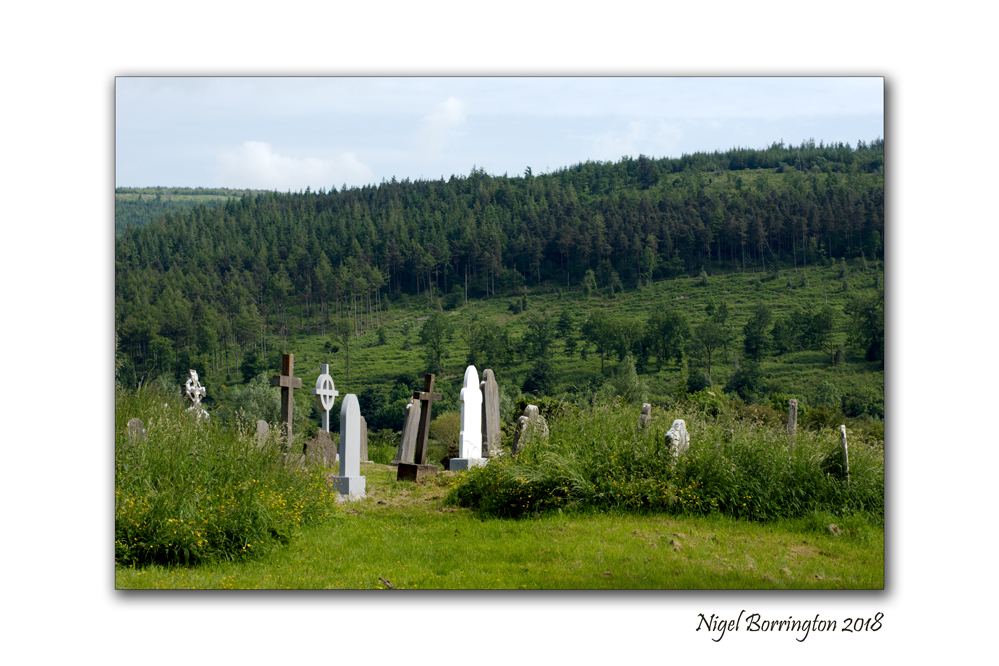

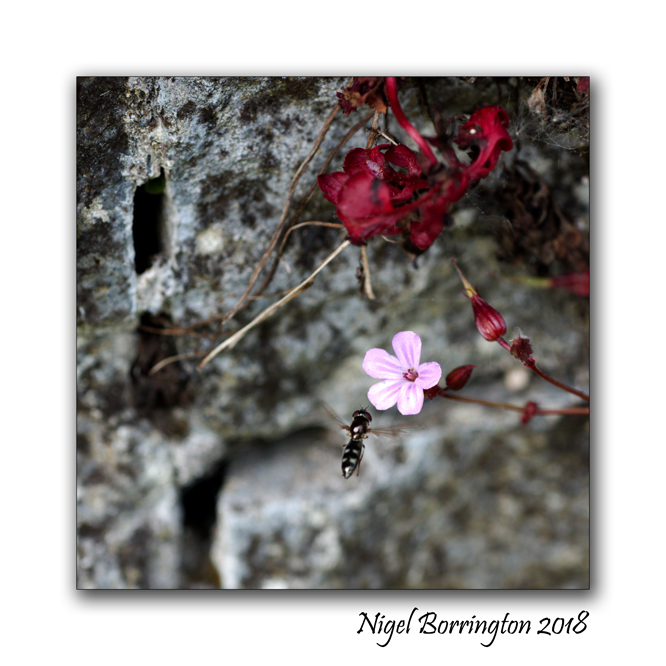
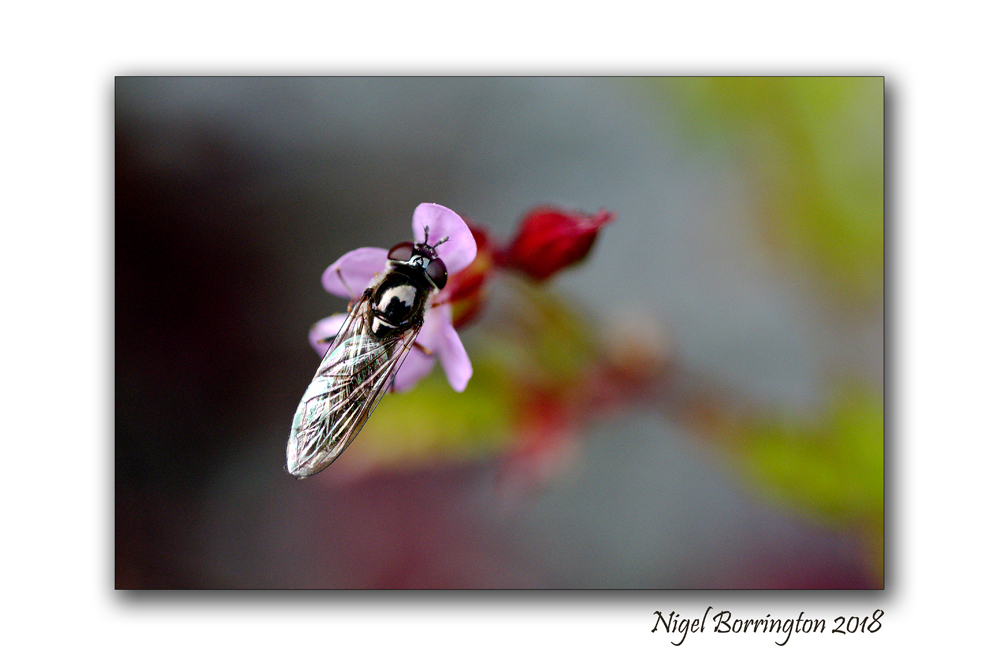
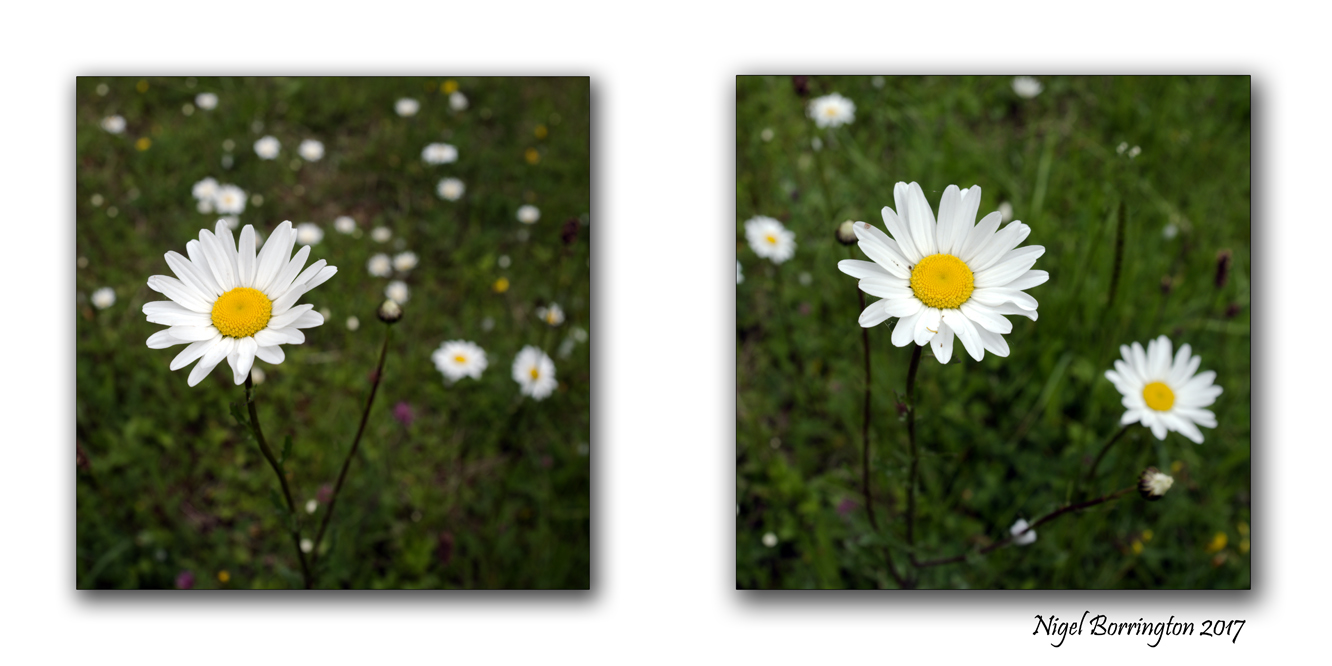
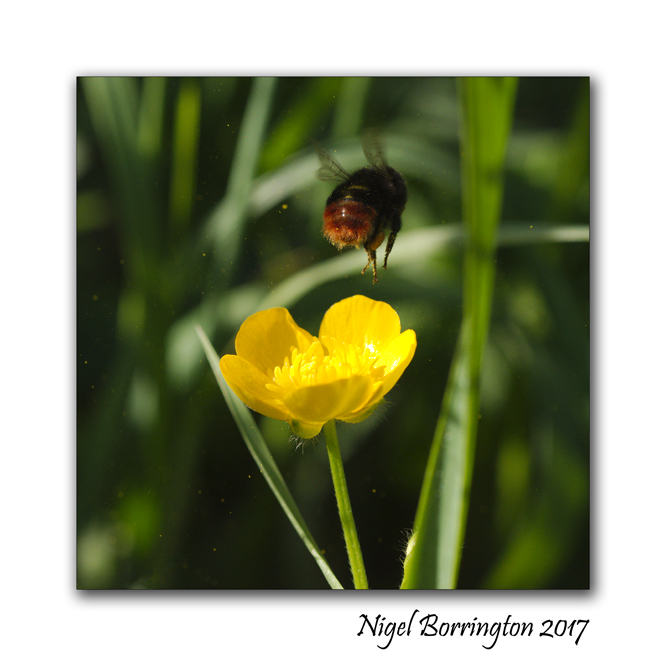
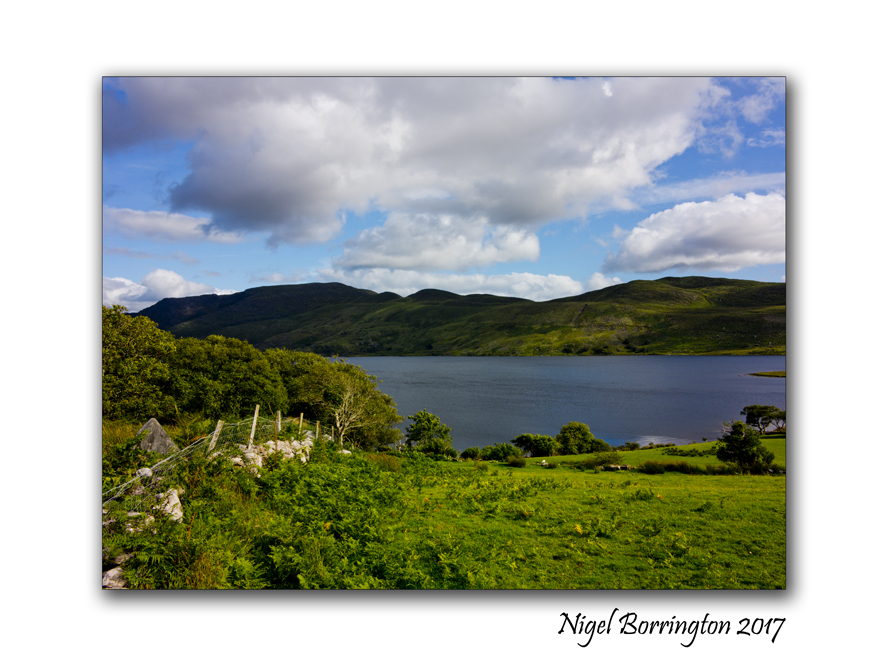





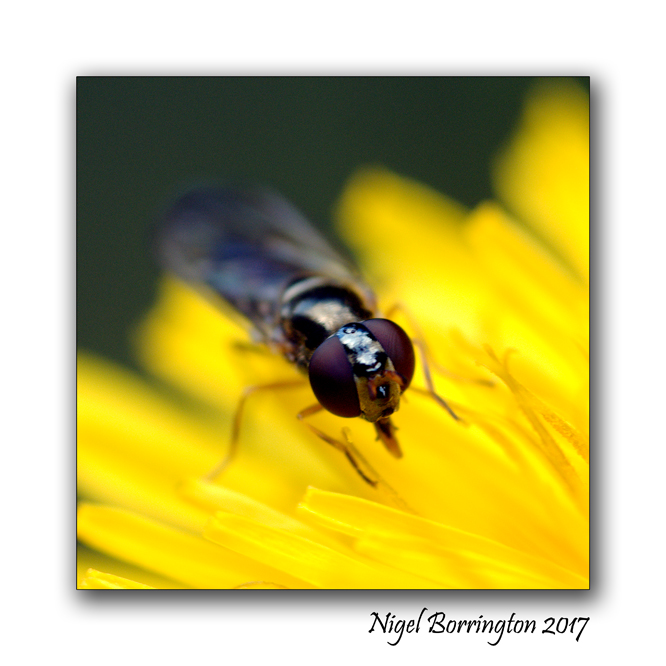
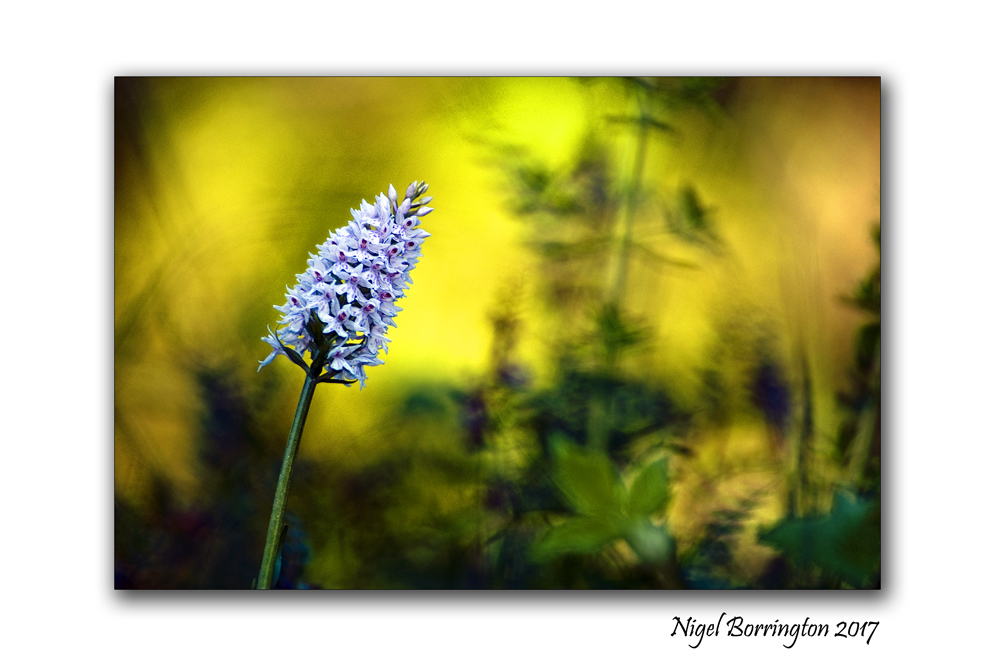

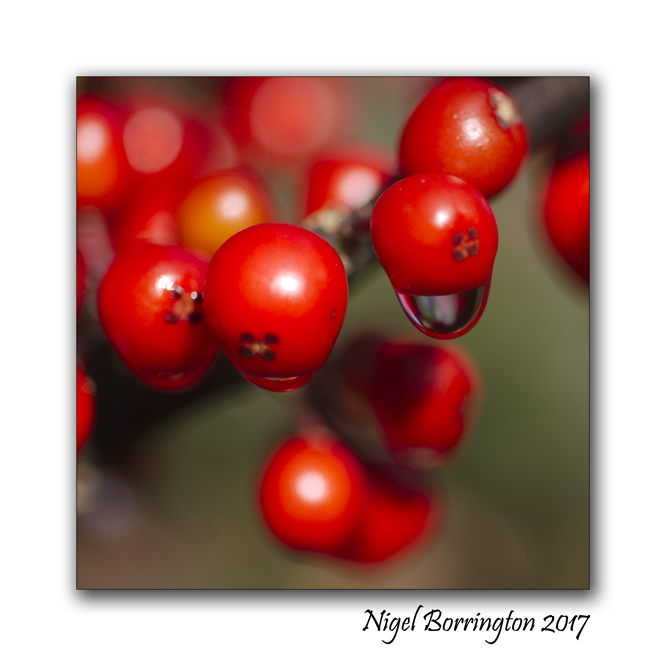
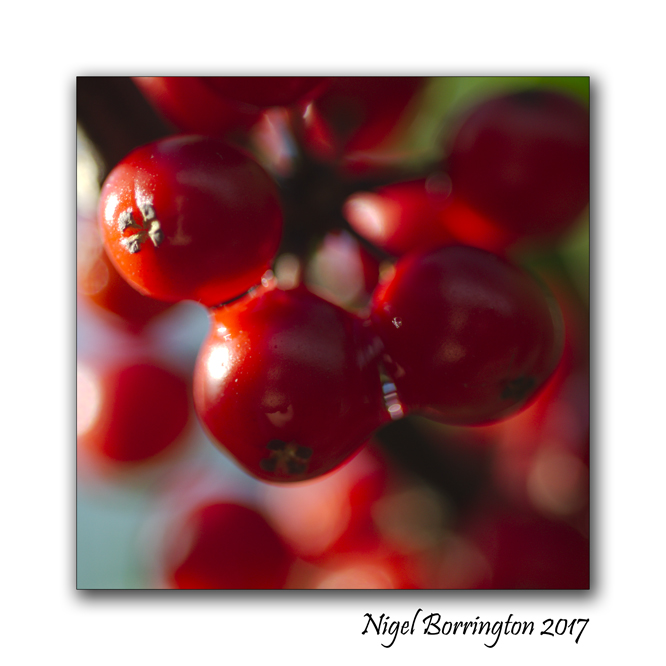
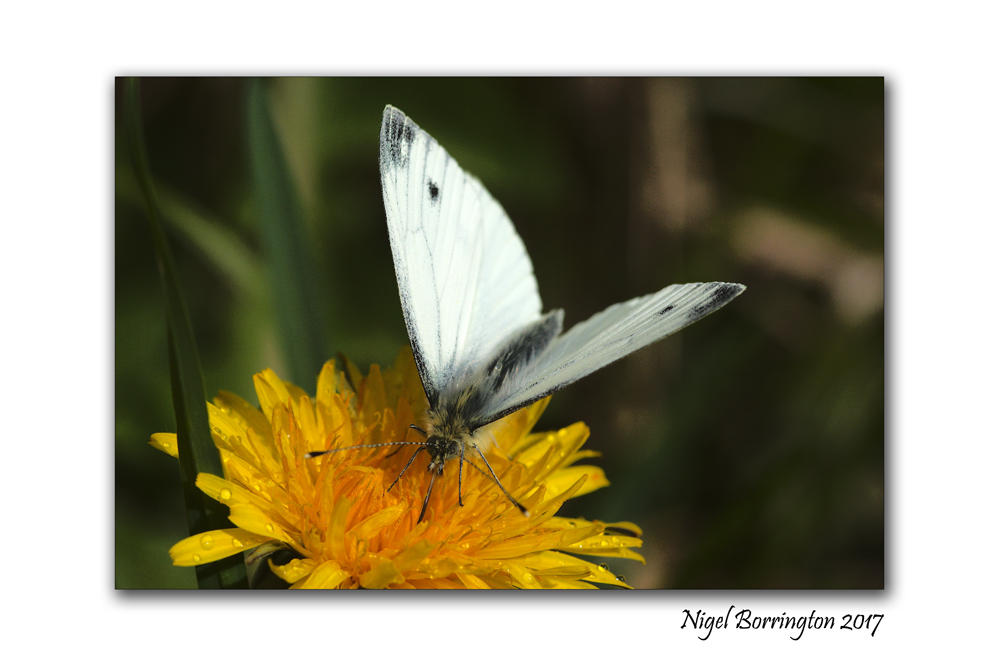
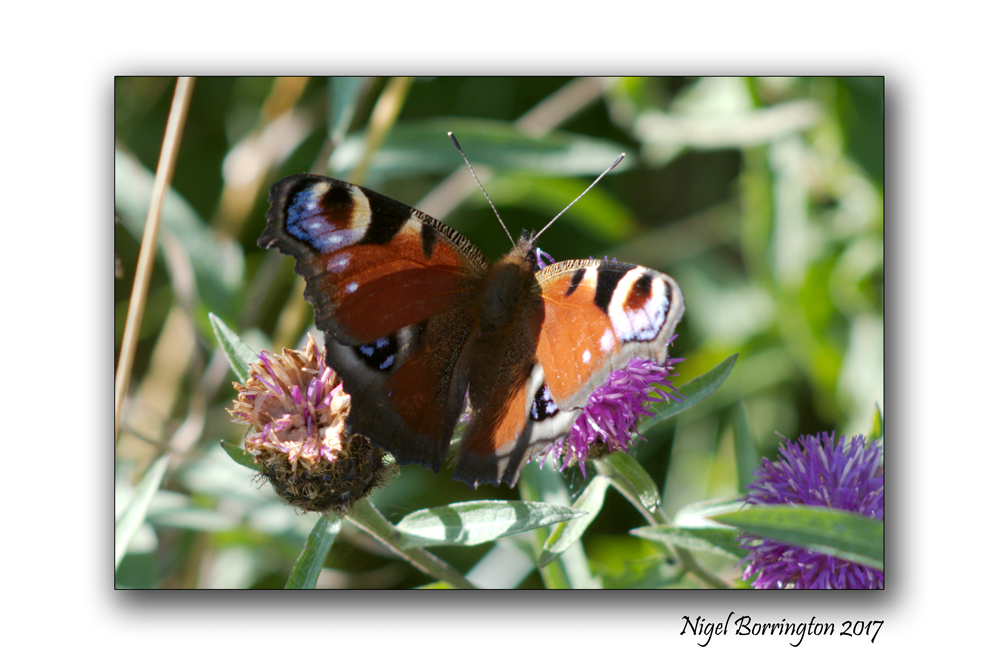
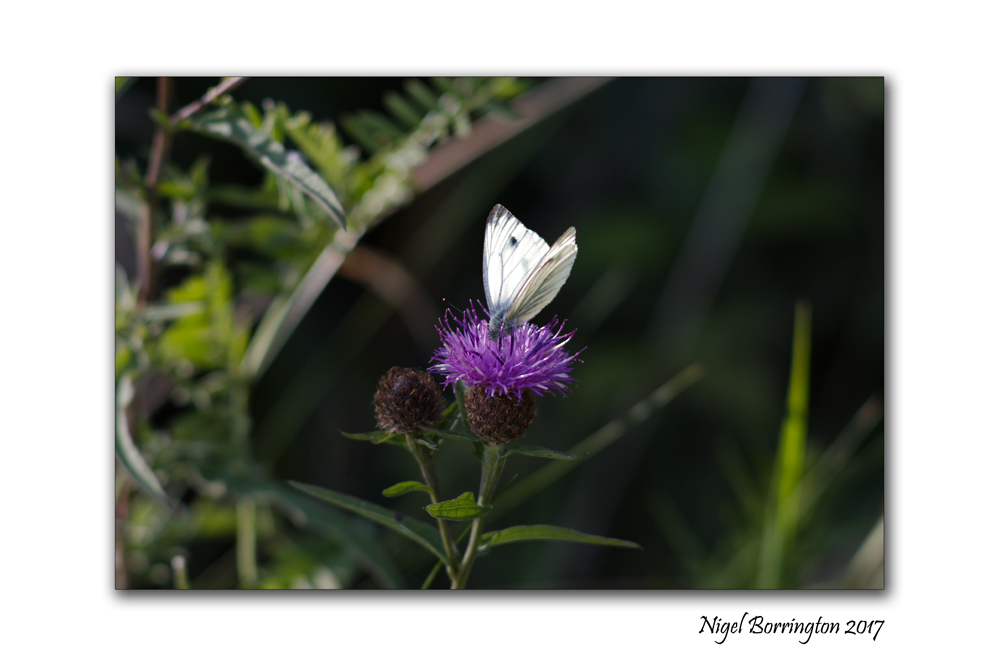
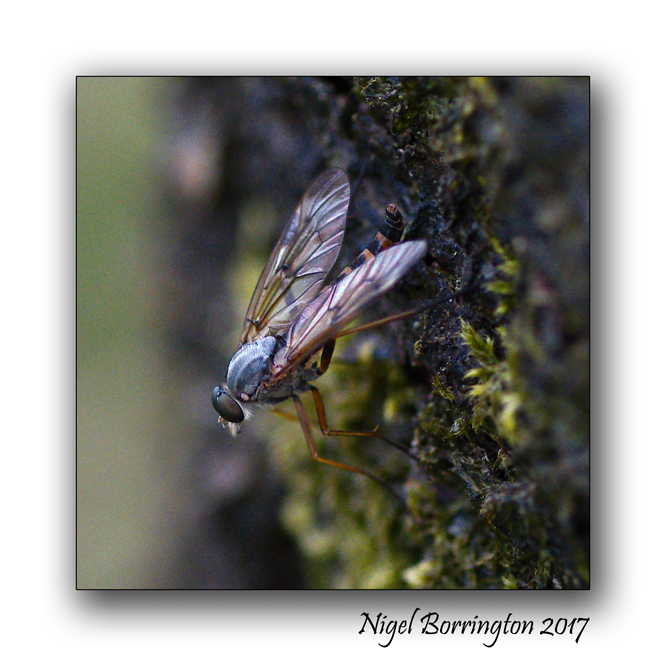
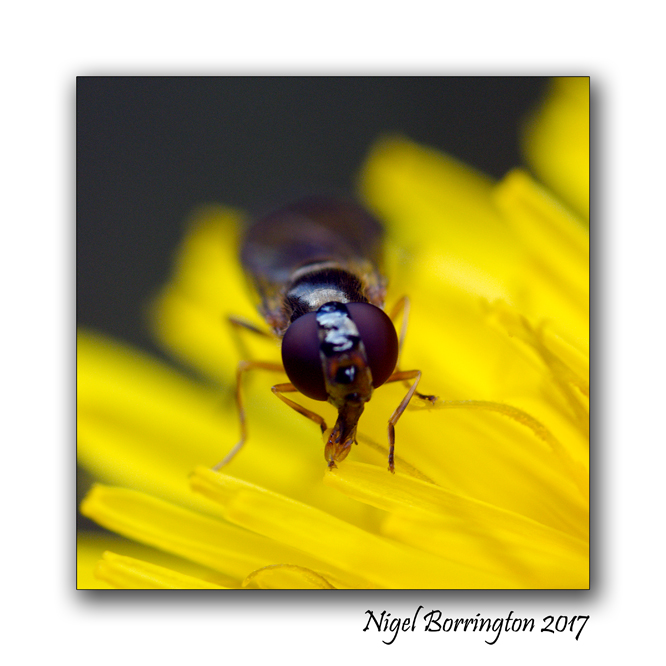
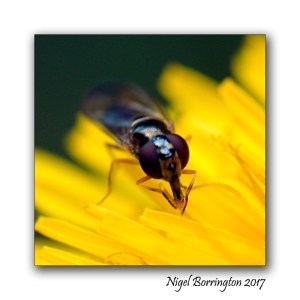


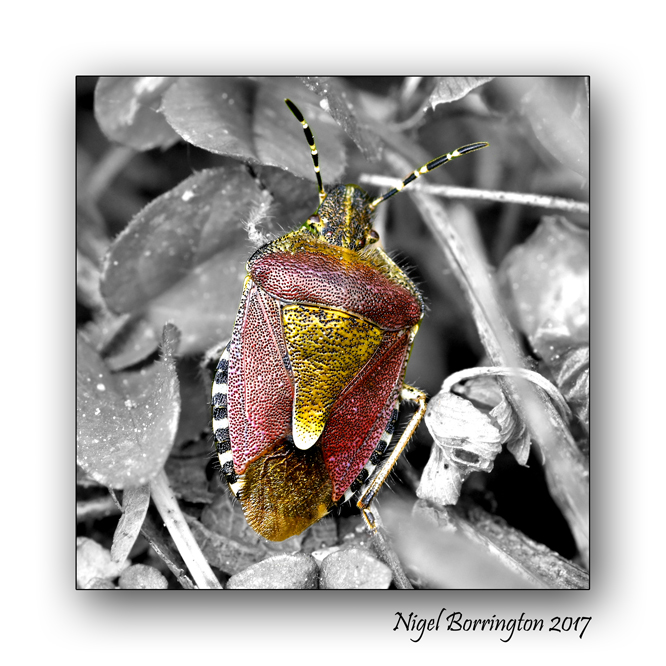


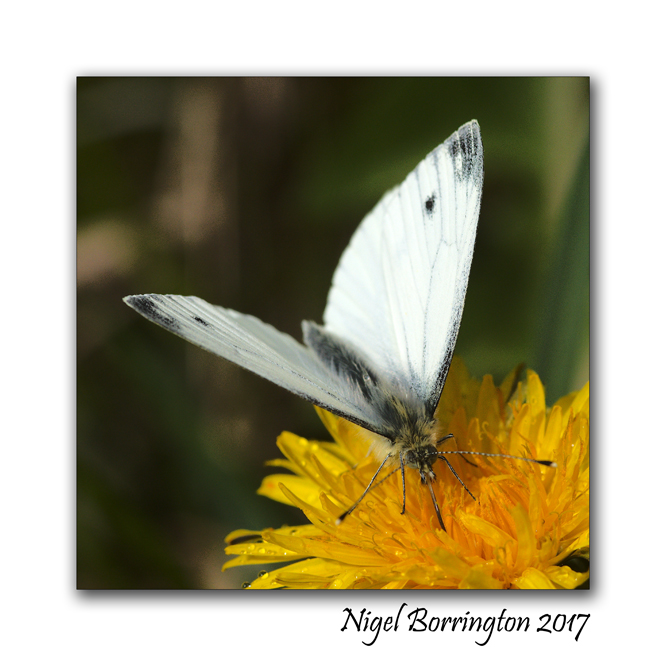
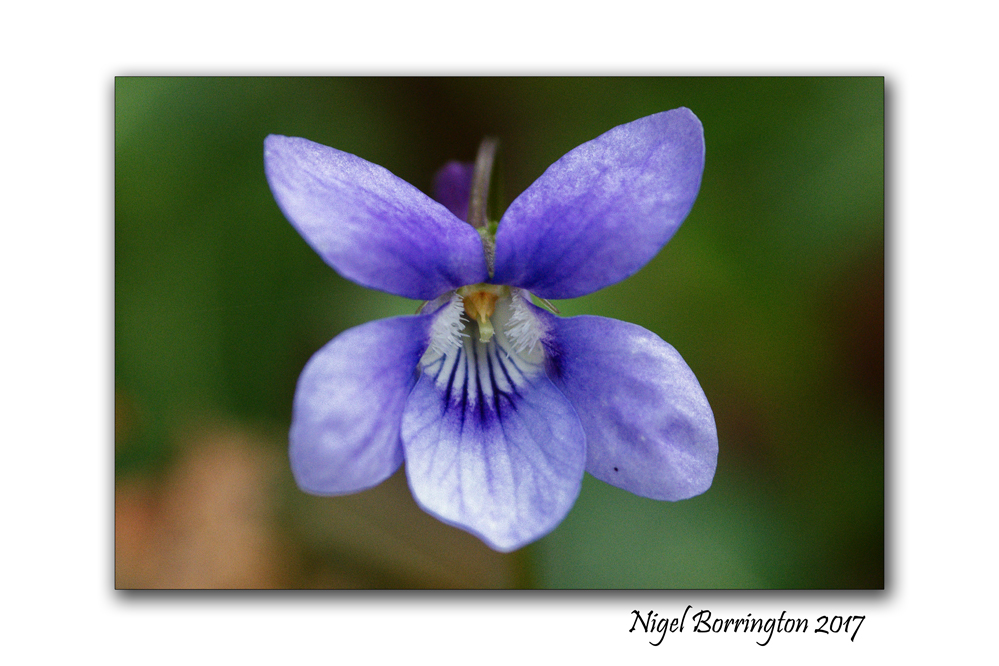
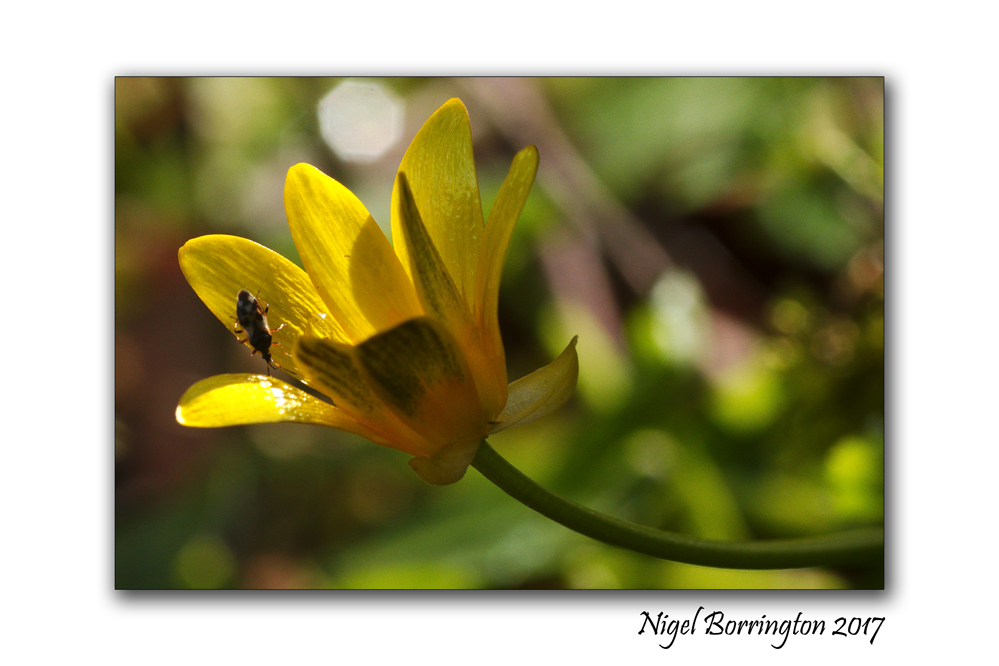
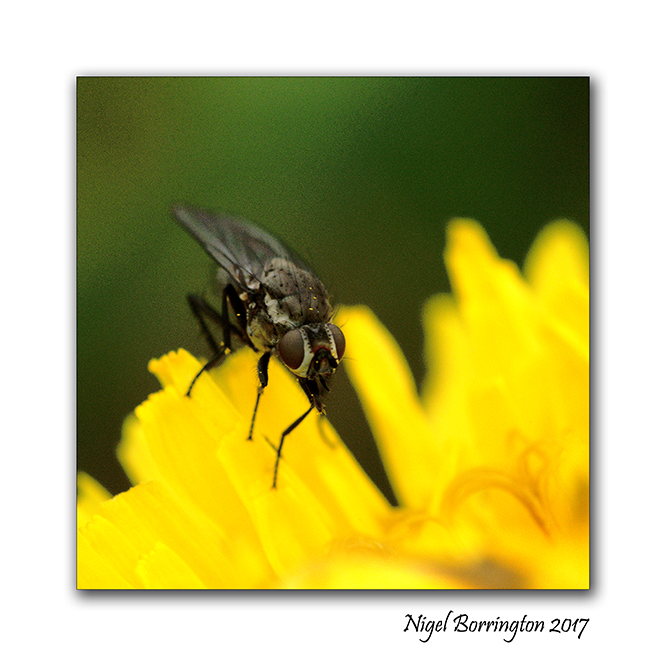
A Spider with her eggs
Spider with her pod of eggs
Nature Photography
Nigel Borrington
Taken at Lunchtime today, this Spider was hiding in the hollow of a garden tree. I am not sure what kind of spider she is but am going through lots of websites and wildlife books I have.
At the moment I am keeping my Macro lens on my Camera all the time, I am missing taking some more general landscape images but truly enjoying spending sometime getting much closer to the nature that I find at home or very close to home. Macro photography is not easy and a true skill, so the more macro’s I find myself taking the more confident I am feeling in this area 🙂
Share this:
March 31, 2017 | Categories: Comment, Gallery, irish woodlands, macro photography, Nature and Wildlife, Personal skills and development | Tags: macro photography, Nature, Nigel Borrington, Spiders, web, wildlife | 2 Comments